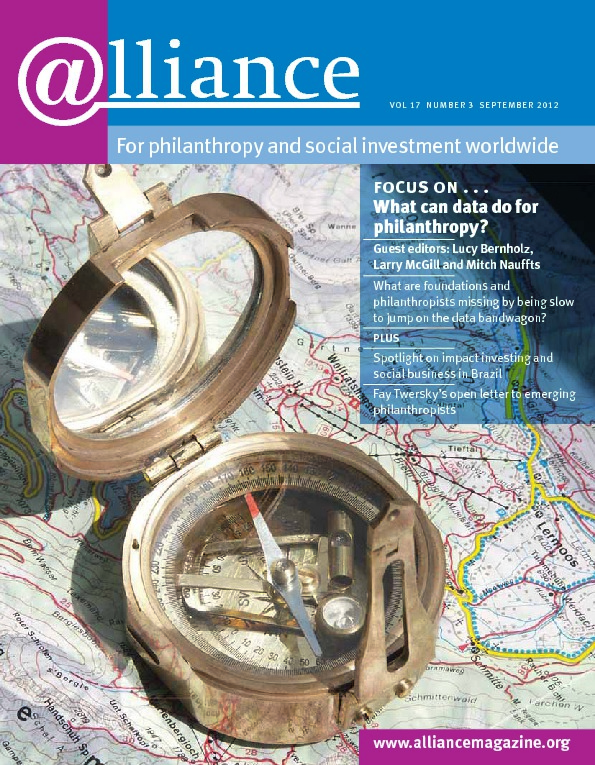Ten years of working at a global level has shown me the fault lines in the modern system of development assistance. The rush to seek single-issue solutions to complex problems fails to recognize or respond to the overarching structural social and political factors that connect them. Typically, the search is for a new technology or a market-based device that could change lives dramatically.
Worse still, recipients desperate for financial support take donor aid knowing that the chances of programme success are minimal. Countless hours are spent collecting useless information to satisfy bean counters in foreign capitals. Even where bilateral aid has been tied to a commitment to democracy by recipient countries in the belief that it will strengthen the success of funded programmes in health and education, we fail.
In multilateral forums, human rights activism has almost become institutionalized in ways that are self-limiting and non-threatening to political power blocs. It ignores the ‘elephant in the room’ – our governments, who are under the legal and constitutional obligation to ensure that the basic needs of our people are met and who command public budgets that far outweigh the financial resources of foundations.
In this context, the question that begs asking is: what is the role of foundations in highly unequal countries in the South – a question raised by the special feature in the June issue of Alliance. It is certainly not to create parallel systems but rather to focus on the levers that will enable us to hold our political and economic leadership to account on public expenditure.
In South Africa today the biggest breakthrough in ensuring access to quality education and health has been the role of social justice organizations in mobilizing and using the Constitution and the courts to enforce our basic human rights. That is how victories are won day by day in relation to access to ARVs, the end of mud schools and the right to textbooks in our public schools.
At the heart of public innovation lies a capacity to aspire. For individuals, a sense of imminent possibility in life is the motivator for personal growth and development. Collectively, this sense of possibility is nurtured in socially cohesive societies that generate substantial life choices for people. Ironically, then, the greatest opportunity for foundations operating in highly polarized societies is to create a sense of viable opportunity for individuals and society. Investment in social justice mobilization that drives the demand side is a critical element of success in the development equation.
Jay Naidoo
Chairperson, Global Alliance for Improved Nutrition (GAIN)
This letter is part of a longer article written in response to the question raised in the special feature in the June issue of Alliance: what do others want from foundations?



Comments (0)